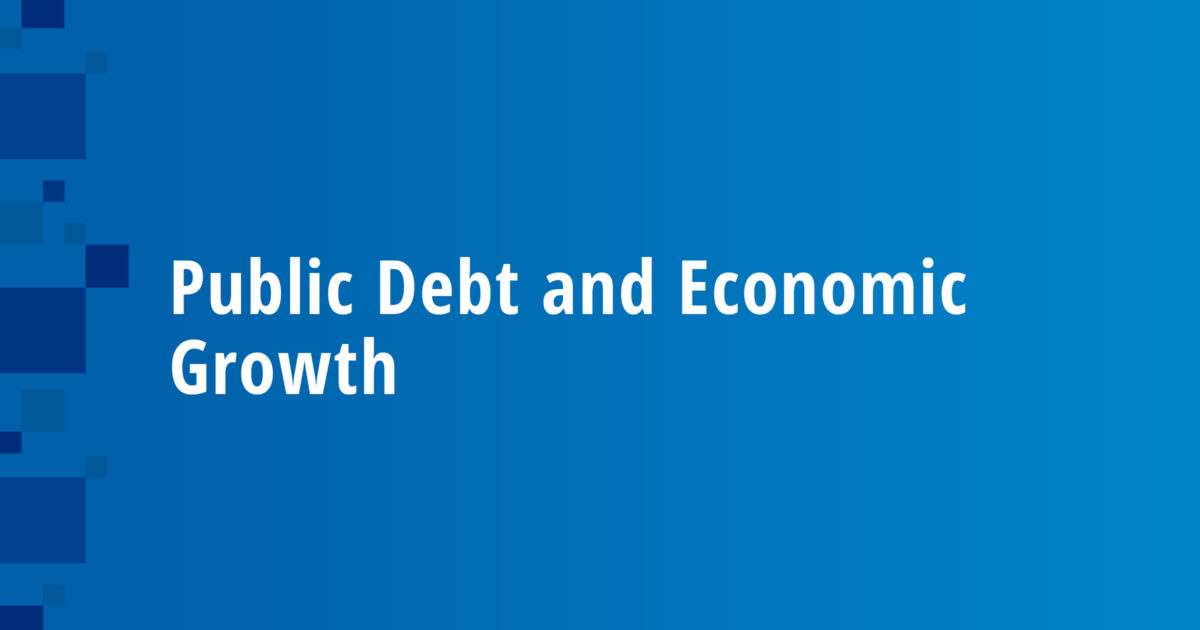
Economics literature suggests that, even in the absence of fiscal costs, a persistently high and increasing public debt ratio may have a detrimental effect on long run economic growth in an economy that is not over-accumulating capital like Finland today. High public debt creates expectations about future tax increases and a climate of uncertainty, reducing incentives to save and invest. By being informative about its fiscal plans the government can anchor expectations and create a stable investment climate.
The relationship between debt and growth is complex and depends on country-specific factors likely to change over time, providing support for country-specific debt-limits or rates of debt reduction. By reducing debt today, the government prepares for unanticipated events requiring significant public borrowing in the future and contains the distortionary effect of taxation required to service the debt. Reducing debt in an economic upturn, when private demand is strong and when monetary policy is accommodative, results in fiscal policy that is optimal both in the short and long run, minimizing the potentially harmful effect of fiscal consolidation on economic growth. Policies and structural reforms boosting economic growth allow the debt ratio to decline through economic growth, reducing the need for fiscal consolidation.
Arkadiagatan 23 B
00100 HELSINGFORS
+358 (09) 609900